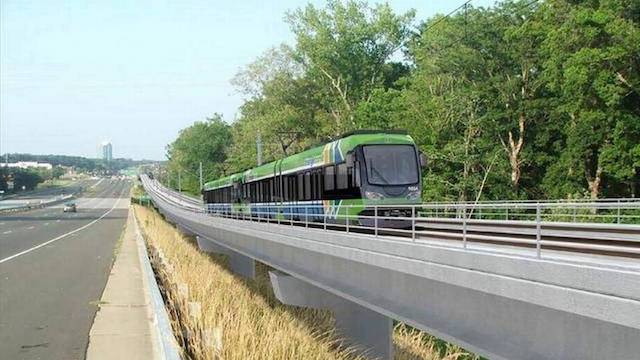The Antiplanner has focused on a few themes in recent years: density is expensive; buses can move more people than rails; transit systems are mismanaged; transit is losing rides to ride hailing. Recent research papers from a variety of sources have confirmed these ideas, at least in part.
First, Steve Polzin and Jodi Godfrey at the University of South Florida’s Center for Urban Transit Research have examined transit ridership trends, noting that ridership in Florida is declining twice as fast as the rest of the nation. These declines aren’t due to decreasing service, as some have said; in fact, service in many Florida urban areas has increased and, if it decreased, did so only after ridership declined. Instead, they blame the decline on “the fact that more travelers now have additional options,” notably ride hailing, working at home, and increased auto ownership.
Transit systems in the Miami-Ft. Lauderdale area have been hit particularly hard by ridership declines. Broward County Transit (Ft. Lauderdale) has lost more than a quarter of its riders since 2014. To make matters worse, the agency is under investigation for falsifying overtime records for favored employees and, for some reason, hiding buses from Federal Transit Administration inspectors. Continue reading









